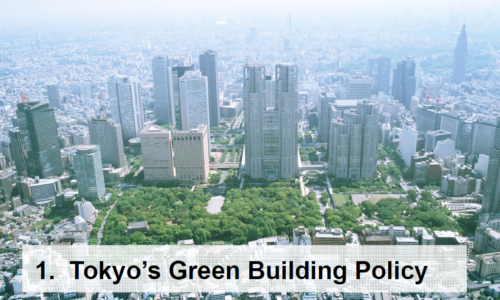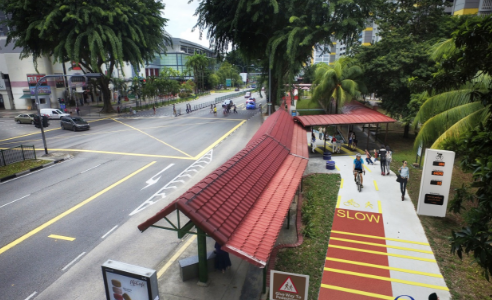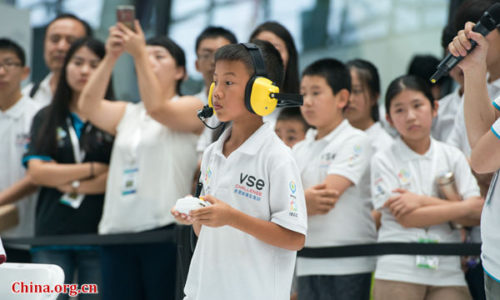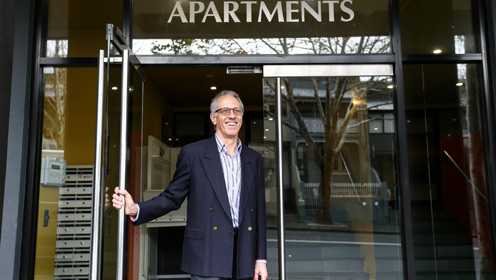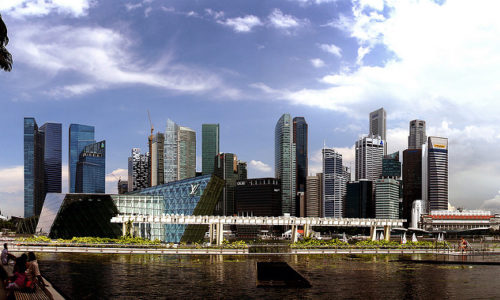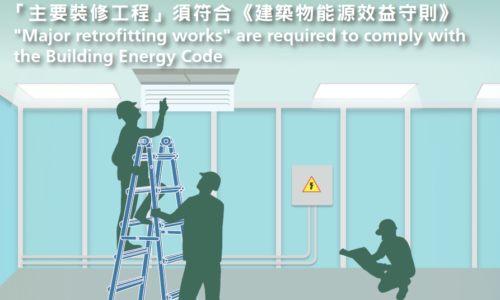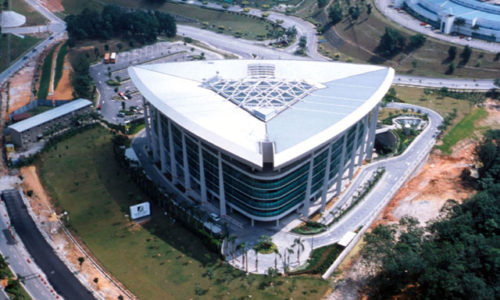Tokyo Cap-and-Trade Program
Key Elements The Tokyo Metropolitan Government (TMG) has until now taken several measures to promote building energy efficiency. The Tokyo Cap-and-Trade Program (TCTP) implemented on the 1st of April 2010 is one such initiative, also being the world’s first urban cap-and-trade scheme. The programme is a stepped-up measure of the Tokyo Carbon Reduction Reporting Program […]
